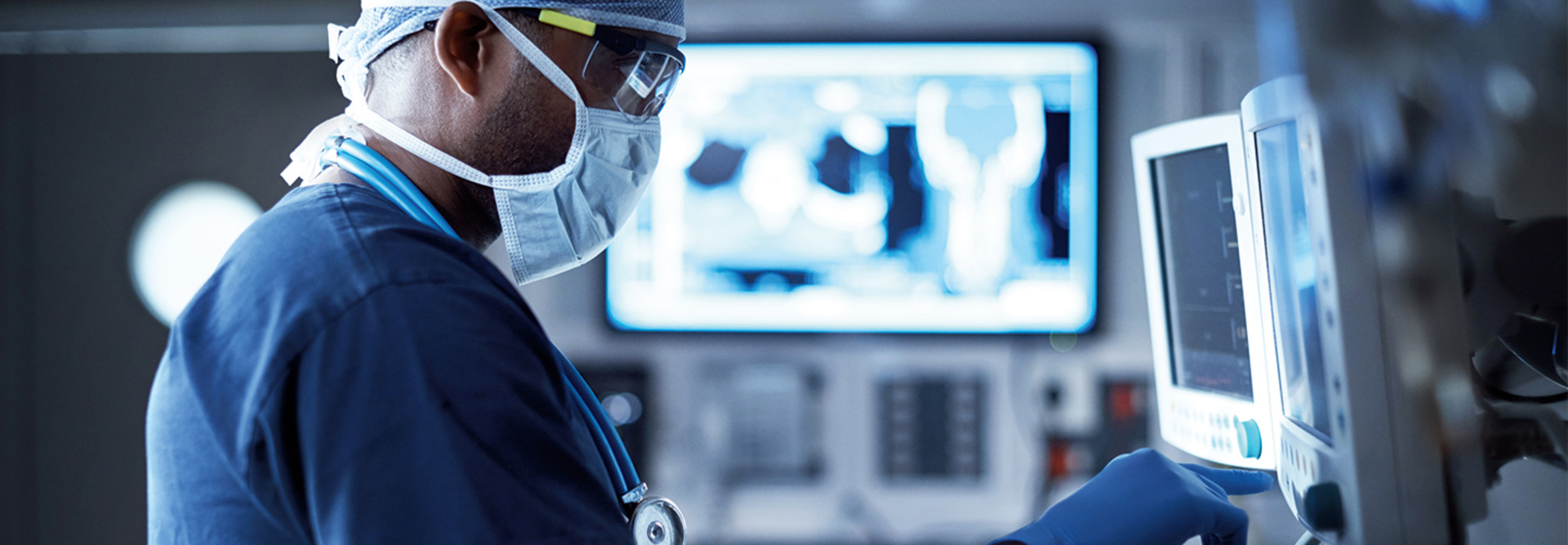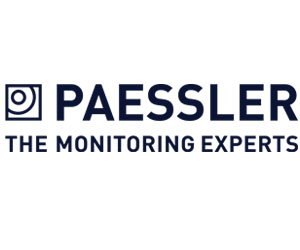1. Why Healthcare Organizations Should Monitor Digital Medical Devices
The broad array of digital medical devices in healthcare organizations — ranging from rolling medical carts to small handheld devices — all have specific elements that must be monitored, St. Jean says.
“For example, with an imaging device, monitoring means being able to understand how many images are already on that machine before they go over to the picture archiving and communication system, as well as monitoring the servers that take care of everything from the integration engine to the lab information systems,” he says.
Monitoring those devices also means having the capability to tie all that information together and understand how well the network is working holistically.
“It’s understanding what’s critical to the user and monitoring those elements,” he says. “If you see the battery life for a device is under 20 percent, you can dispatch somebody up to that floor to figure out the issue. Maybe it needs to be plugged back in to charge. You never want the nurses worrying about IT stuff.”
RELATED: Learn the 5 steps to secure Internet of Medical Things devices.
2. How Monitoring of the Integration Engine Benefits Healthcare
The integration engine has become the glue that bonds all the other systems together, St. Jean says, which makes the monitoring of this technology extremely important.
“It’s the piece that ties your lab information system to your patient information. Tying all these things together, integrating it and understanding how well it’s running is a gigantic piece of how well your overall medical facilities are running,” he says. “Without having that understanding, you’re just in the dark looking at a bunch of silos.”
The first step includes basic server monitoring to provide constant awareness of disk space, RAM utilization and CPU or network traffic issues.
“Take the time on each device to set it up and understand what it’s being used for,” he says, adding that in today’s hospital environments, monitoring of heating, ventilating and air conditioning (HVAC) systems is also on the traditional IT docket
And in healthcare, St. Jean notes, when it comes to systems monitoring, the stakes are elevated. “You never want IT to be in the way of patient care, ever,” he says.












